
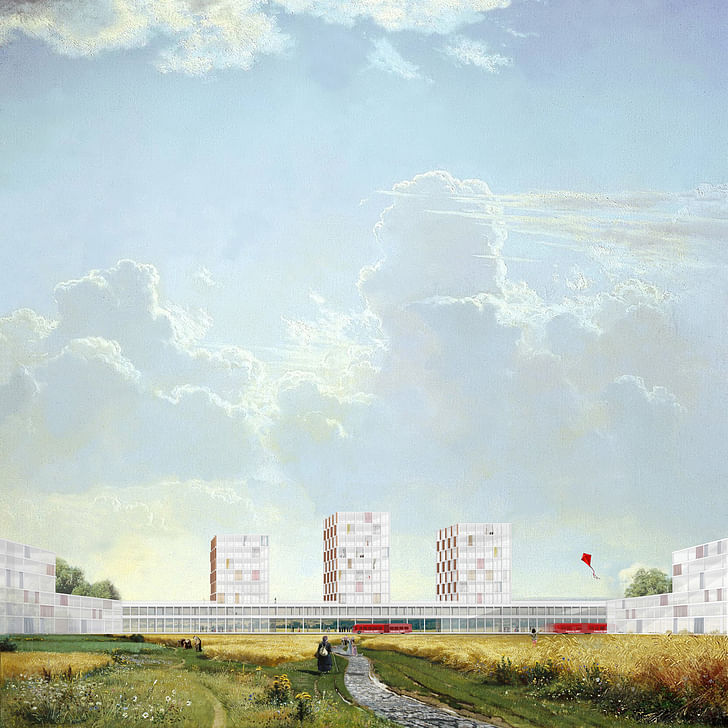
It would be something of an understatement to say the last thirty years of urbanization in China have been rough. Rapid and often unsustainable growth made newly transitioned cities difficult to maintain and economically fraught, burdened by their own heft. So when the Chinese government revised its strategy in 2013, it focused on more subtle and adaptive goals. Dingliang Yang, an urban planning student at the GSD, has a plan to make sure that happens.
Yang's Urban Planning and Design Thesis prize-winning proposal recognizes the dangers of trying to start from scratch, in the form of new city-building, and emphasizes a focus on the smaller scale – the so-called "townization". As outlined in his thesis, "Townization: In Search of New Paradigm of Urbanization in China", Yang considers China's nationwide urbanization while intervening on the level of individual towns. In response to renewed forms of China's urbanization policy, he develops ideas to ensure that towns can function as robust, networked economic centers while still maintaing a relationship to landscape, and at a livable scale.
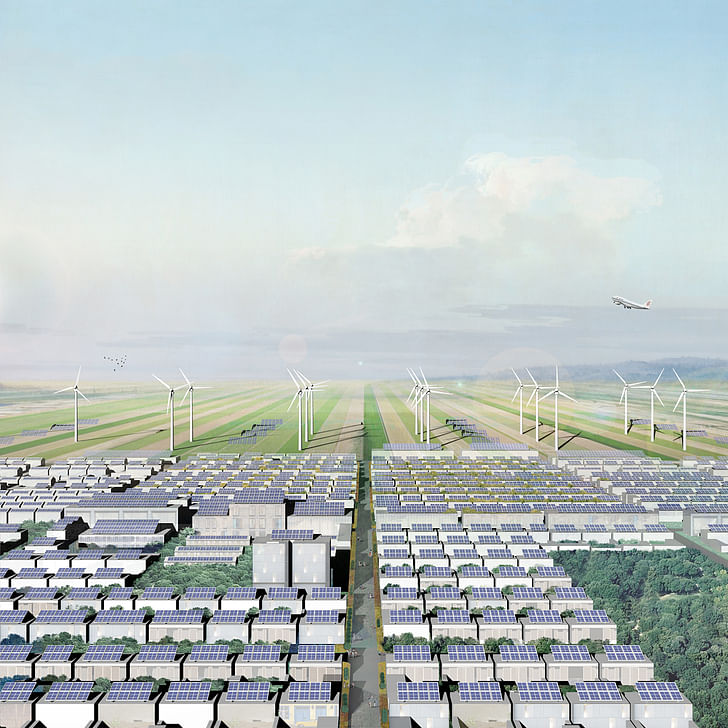
The following is Yang's thesis presentation text, slightly edited for clarity:
TOWNIZATION: IN SEARCH OF NEW PARADIGM OF URBANIZATION IN CHINA
Harvard University Graduate School of Design, Urban Planning and Design Thesis Prize, 2014
On March 17, 2013, the Chinese government announced a new policy on the continuation of “Chinese Urbanization.” The new policy indicates a shift from focusing on the urbanization of cities, which was the central government’s main policy since 1978, to the development and urbanization of towns, and the rural, less-developed areas in China. Realizing this significant the exclusive focus on “megacity-making” eventually led to mega-city problemspolicy reorientation from “city making” to “town making”, my thesis commits to the issue of “Townization” by researching three salient questions: 1) why “Townization” has been set as an alternative urbanization paradigm of China, 2) how will the new policy shape the “urban-rural landscape” and deal with the relation between “the countryside” and “the urban area”, while stressing “Townization”, and 3) what urban planning strategies and design approaches can Chinese Towns (and Town networks) use to effectively implement this “Townization” policy, to help reconfigure Chinese new towns?


Although the benefit of agglomeration has been emphasized by the central government, leading to the majority of amenities and services being placed in cities, and the household-registration system (Hukou) equipped the city with more advantages, the exclusive focus on “megacity-making” eventually led to mega-city problems – environmental deterioration and the urban-rural disparity. Based on my preliminary empirical research and data analyses, I came to the conclusion that the above three major urban problems, together with the country’s continuous demand on urbanization to stimulate the economic development of China, are the four most important reasons for reorienting the central government’s policy. (By 2025, the National Health and Family Planning Commission of China estimates around 300 million people will continuously be added to China’s urban population, close to the population of 2014 United States.)
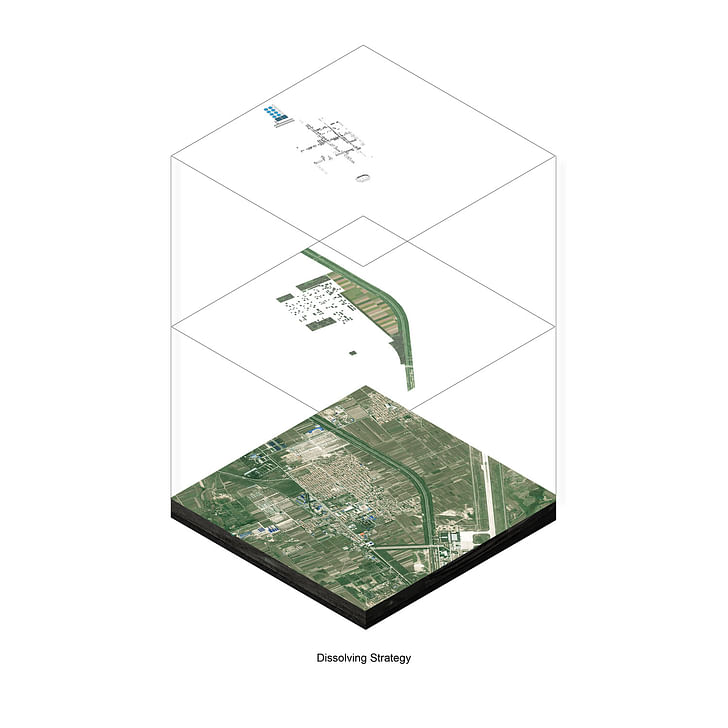
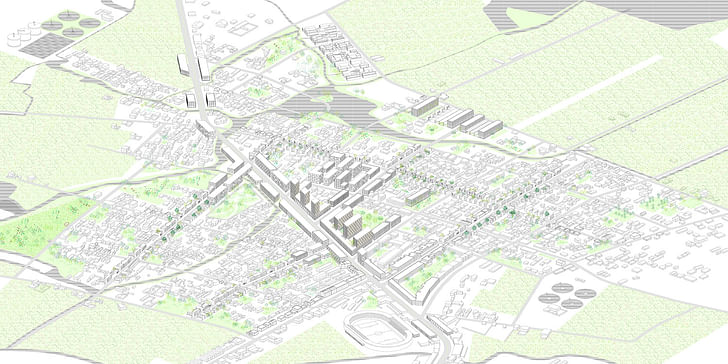
As a strong response to those four issues, the thesis provides a new “Town Network” as the complementary network to the existing “City Network”, together constituting the new “Urban Network” of China. The new proposed town network consists of 19,683 existing designated towns. The efficiently planned, designed and managed town network can help absorb the 300 million potential urban population (15-year target of the new central government), relieve the pressure on large cities, provide alternative lifestyle for the citizens, and deeply stimulate the development of surrounding rural areas, and even help the surrounding cities.
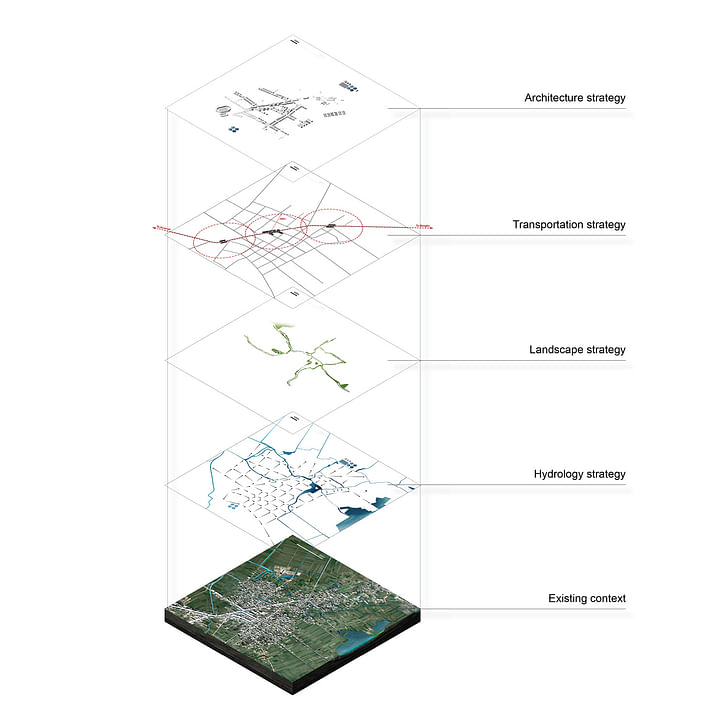
This is actually not the first time, but the fourth time that the central government has tried to pursue town-making. Learning from the fallacies of the previous three times, I strongly argue that China’s townization should be based on the existing towns, and the primary task should be to upgrade the existing towns, instead of creating new towns in the middle of nowhere.
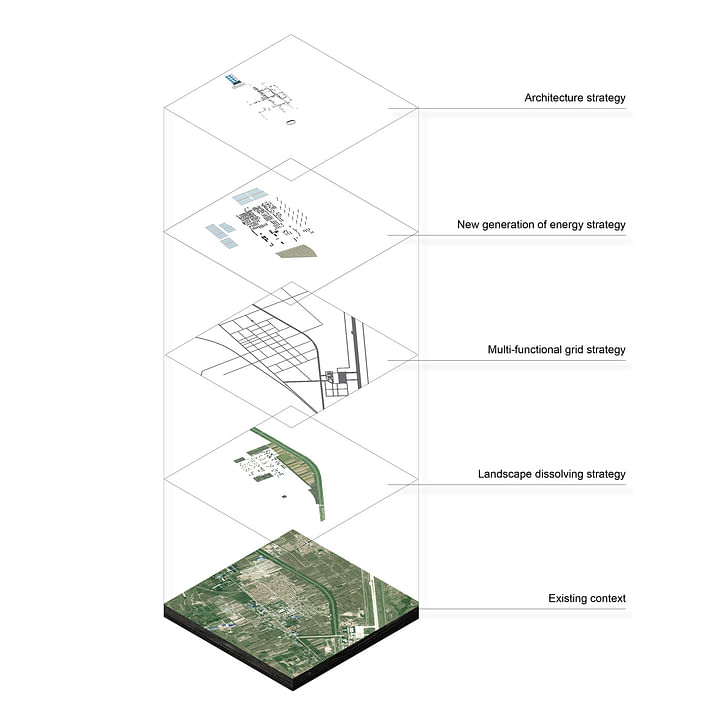
the primary task should be to upgrade the existing towns, instead of creating new towns in the middle of nowhereFurther, the thesis examines a series of existing successful town precedents, including the famous river towns, historical towns and TVE (Township-Village Enterprise) towns, and then generates a set of fundamental planning and design principles for China’s town making proposals. These principles take into account demographic and population criteria, scale, suitable distance to major cities, and appropriate support industries. The thesis translates its quantitative and qualitative analysis and its policy and spatial research into concrete urban design projects on two experimental sites. Through two specific projects, my thesis tries to demonstrate during this emergent “Townization”, how the urban design and its strategies can contribute to drastically and sustainably improving the built environment, and at the same time reduce the environmental pollution, protect the agricultural land and natural resources in order to improve quality of town life.
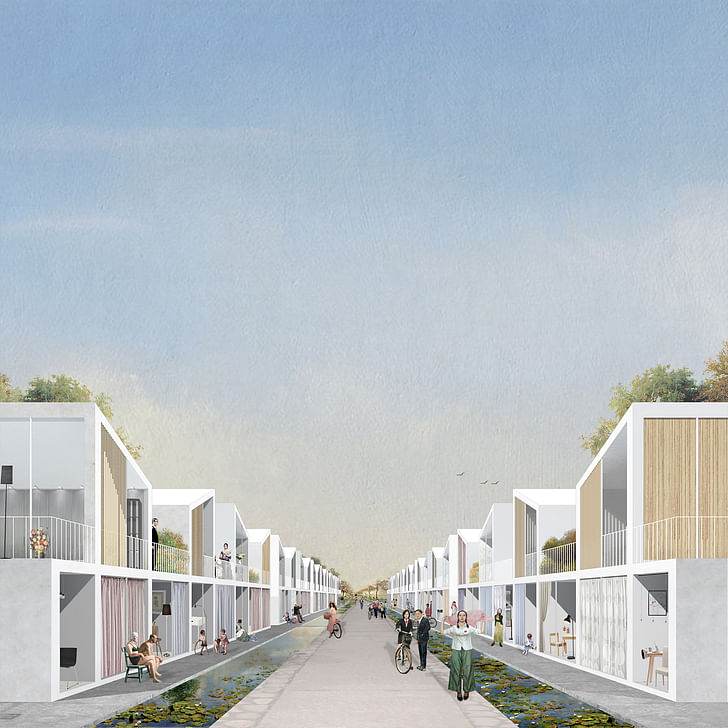
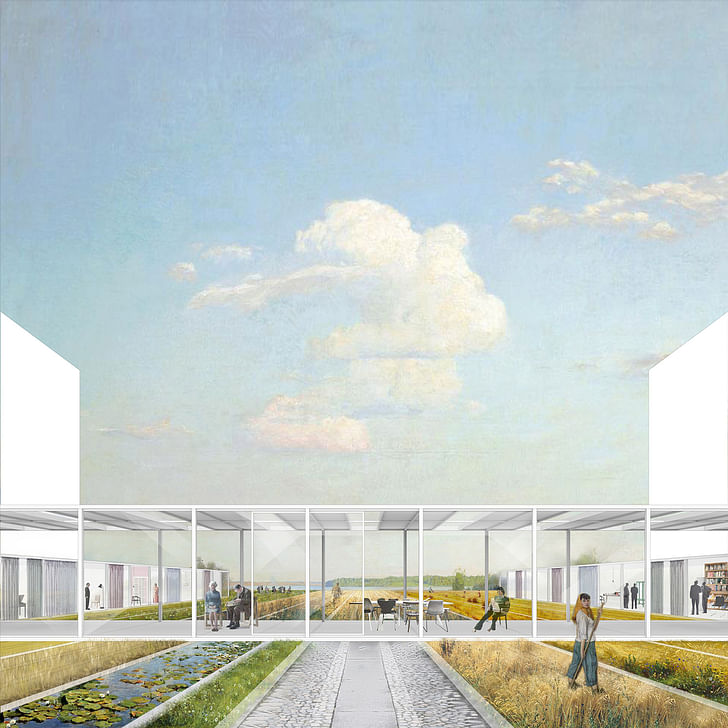
The two projects are Xiaoyi New Town and Beijiazao New Town. The first project, Xiaoyi New Town, located in Bengbu-Huainan region, Anhui Province, one of the provinces with lowest urbanization rate around the Chinese-central and Chinese-east region. In Anhui Province around Huai River, existed numerous villages and small towns mainly depend on agriculture. Xiaoyi Town is a town with population of 46266 and among whom, 92.6% are doing agriculture. This is a very typical condition in China, that the rural town needs to be retrofitted and upgrade to modern town. So it is an exemplary case of rural consolidation where village clusters are being transformed into a new town. Through the procedure of upgrading from a labor intensive agriculture town to an industrialized agriculture town, 57.5% surplus labor will be made available, which can be townized into new industries. And with the same process, that part of land could be also townized into other land uses, rather than agriculture. Hydrology, landscape, transportation and architecture are four main strategies that respond to the four fundamental principles. Following these four intervention strategies, the town will be upgraded into a modern agriculture town.
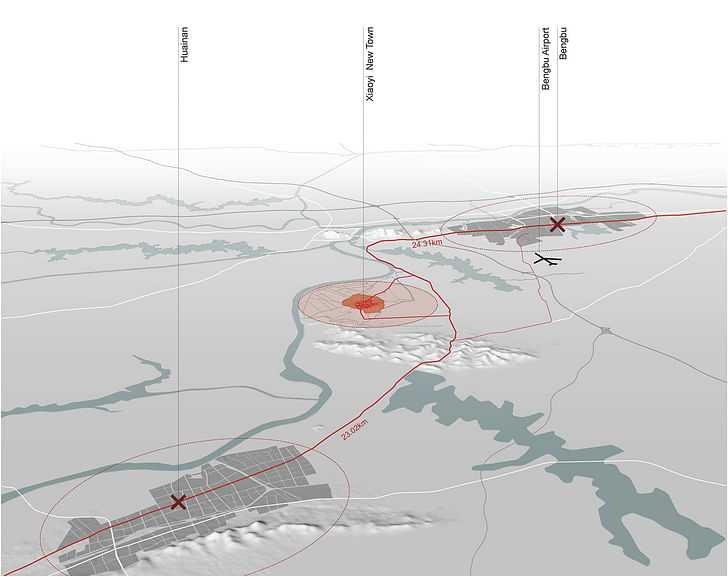

The second is Beijiazao New Town in Great Datong Region, Shanxi Province, the region that is famous for its mining industry, especially coal. Beijiazao Town has 55.5% of non-urban workers, and contrastingly only 5.17% are doing agriculture; instead, the major population there are involved in coal business. Now the decreasing of the coal production pushes the town to search for a new industry. And coincidently, Greater Datong Area is also famous for its solar resource. Now, developing and upgrading the town turns out to be an issue of industry transformation. Landscape dissolving strategy, multifunctional grid system, new energy generation strategies and architecture strategy are four main strategies that could be addressed in this half-abandoned town, to make an experimental town that will be generally upgraded into a solar town. This is an extreme case, that the town undergoes industrial transformation from traditional coal dependent villages to a renewable, energy dependent town.
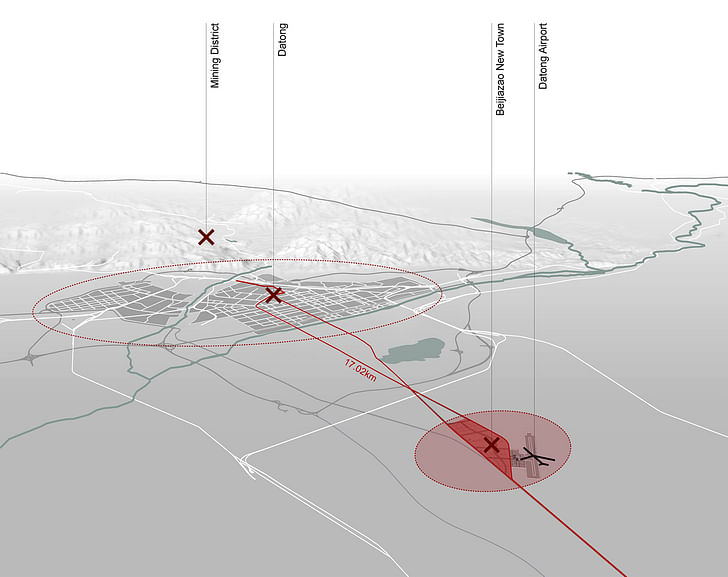
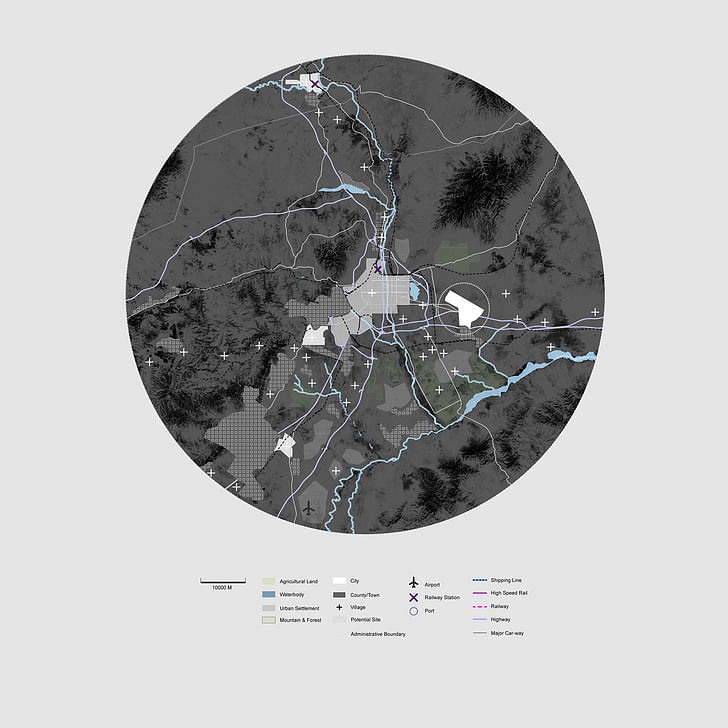
In conclusion, my thesis comes to five key suggestions for the urban planning and design strategies for the implementation of “Townization” policy: (1) Primarily, upgrade the existing towns and townships in China; (2) within the interconnected the larger urban network, achieved through faster transportation infrastructure; (3) small scale standard of living, with proficient technology and amenities; (4) offer an alternative lifestyle for both urban and rural populations; (5) local and suitable industry, rather than resource extraction and pure raw agricultural production, and providing local employment opportunities.
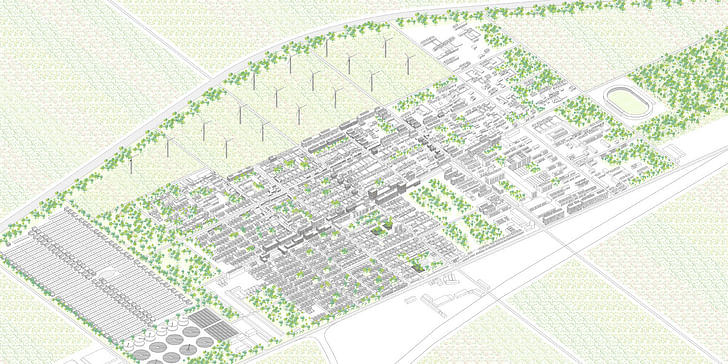
Former Managing Editor and Podcast Co-Producer for Archinect. I write, go to the movies, walk around and listen to the radio. My interests revolve around cognitive urban theory, psycholinguistics and food.Currently freelancing. Be in touch through longhyphen@gmail.com
No Comments
Block this user
Are you sure you want to block this user and hide all related comments throughout the site?
Archinect
This is your first comment on Archinect. Your comment will be visible once approved.